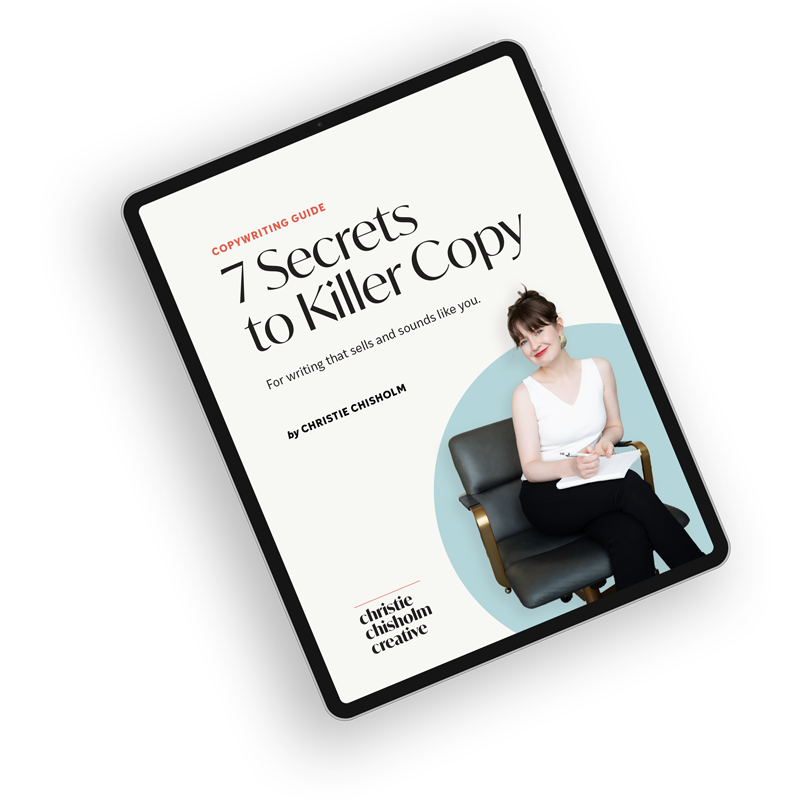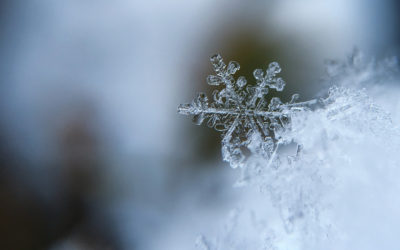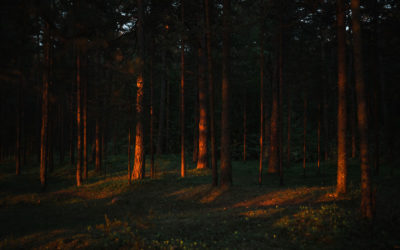John Steinbeck began his writing days—which is to say, most days—with a simple but strange habit. He sat at his desk and sharpened between 24 and 100 pencils.
One by one, after each was carved into its highest form, Steinbeck would lay them in the closest of two identical wooden boxes, both within arm’s distance. When the tip of one writing instrument snapped or wore dull (generally four or fives lines into its use), he dropped it into the second box and replaced it with a fresh one, immediately at hand.
He could reach without looking, eject one and select another, plucked from an orderly pile of sticks.
Each pencil laid fastidiously beside him was identical to its neighbors: the same brand (Blackwing), the same lead weight (firm, likely an F or HB), and approximately the same length (whatever the length of a brand-new pencil is, following its first sharpening).
Steinbeck used pencils while they were long and slender, when they felt to him to provide the correct balance—a shape that could propel him forward, like good running shoes; a size to help him pick and prod the right forms, like chopsticks.
The journaling served an essential purpose: to supply Steinbeck with a space to rev his mind like an engine, push on the gas until he started, at last, to purr.
Once a pencil had outlived its prime, perhaps diminished by an inch or so, the author would pass it down to his son Tom, who used the perfectly good leftovers for his drawings.
Steinbeck harbored guilt over this practice, which he wrote about with the very same pencils that elicited in him such pleasure and shame.
Every morning, after his pencils were sharpened but before he embarked on the real work of writing, he would first fill a page in a journal. (In some cases, as when writing East of Eden, the page took the form of a letter addressed to his editor and friend, Pascal Covici.) The journaling served an essential purpose: to supply Steinbeck with a space to rev his mind like an engine, with pages where he could sputter and spurt and uncork fumes from the preceding night, push on the gas until he started, at last, to purr.
Sometimes, the entries would help him decipher his intentions for the day’s work. Other times, they would recount off-hours activities and familiar, nervous thoughts. More often than you might think, they opined on the literal and philosophical merits of pencils themselves.
That Steinbeck could be so particular about his pencils alluded to his financial success, a fact he was wary of broadcasting because he didn’t want to appear to gloat.
A seemingly infinite supply of perfect pencils—could anything be richer?
Inspiration doesn’t usually come looking for you. You have to hunt her, wait her out in the grasses and gauge your moment.
Steinbeck was a man of invention, often spending his evenings and weekends tinkering with a thing to make it more pleasing or efficient, building things with his hands that occupied a different dimension than words, like angled desktops and latched boxes he would smooth and lacquer until they could just as easily have been called mirrors.
I’ve long admired Steinbeck, not only for the genius of his storytelling but the curiosity and humility with which he seemed to conduct himself. Unlike some literary heroes, whose personal lives require in you a certain moral wrestling should you choose to idolize them, Steinbeck is easy to love. From what I know of him, at least, he comes across as kind, generous, at least moderately aware of his own privilege. He was a man devoted to creation.
His favorite invention was not his own, but one that served as a companion to his aforementioned predilection: an electric pencil sharpener. He confessed in his journaling that it was a luxury, but one that brought him joy, not just for the time it saved and the wrist-wringing it spared, but for the sweet whirring sound it produced. A miraculous thing, perfect in its simplicity and function.
As some of our days begin with the grinding of coffee beans and the warm aroma they release, so Steinbeck’s days usually began with the scent of pencil shavings and cut graphite, and it stirred in him an excitement for a new day, and new worlds.
It’s often the small, simplest things that come to take the name of ritual, conditioning in us a certain Pavlovian readiness that spurs us from sleep to waking.
I wonder if I could build for myself not only more prolific mornings, but a more prolific life.
This time of year, as the days dwindle in light and number, I find myself thinking a lot about Steinbeck and his pencils. I’m oddly envious of the ritual, and I wonder if I took to writing by hand, as I did when I was young, allowing the callous on my right ring finger to soften with use once again, if I could build for myself not only more prolific mornings, but a more prolific life.
Such fantasies have nothing to do with pencils, of course, and everything to do with dedication. The ritual Steinbeck developed for himself was not rooted in neuroses, but steadfastness.
As any artist will attest, inspiration doesn’t usually come looking for you. You have to hunt her, wait her out in the grasses and gauge your moment. You have to show up. And while you lurk, in the sun or the shadows, you may as well sharpen your weapon: your teeth, your spear, your pencils.






0 Comments